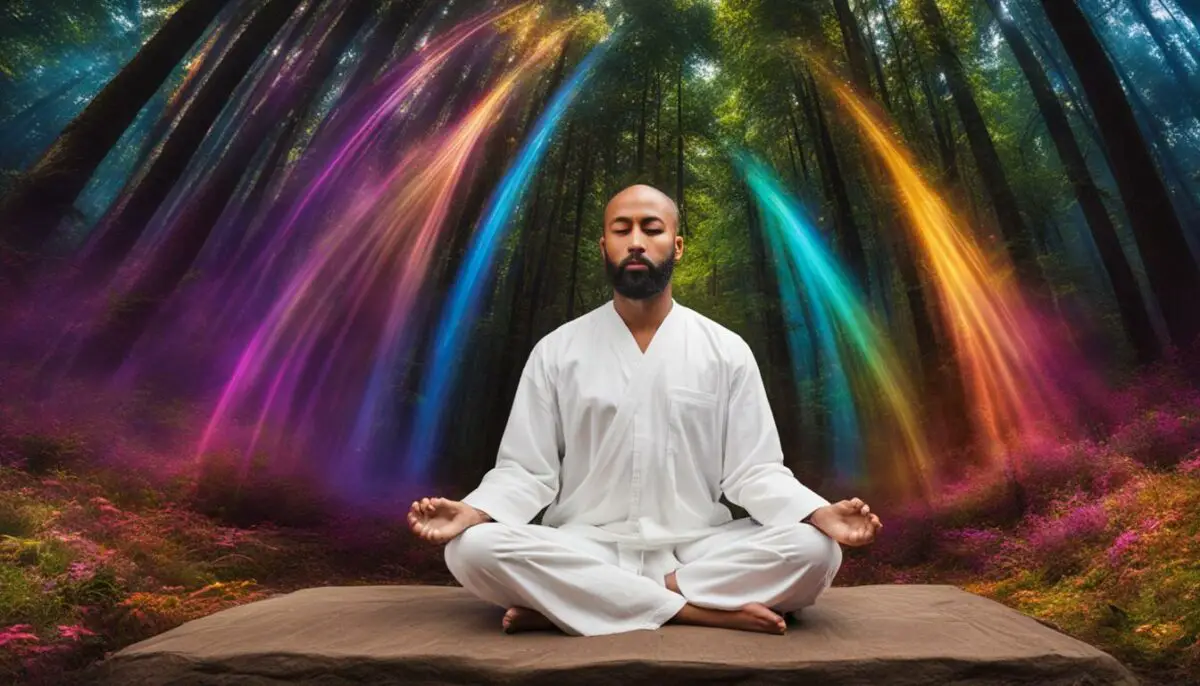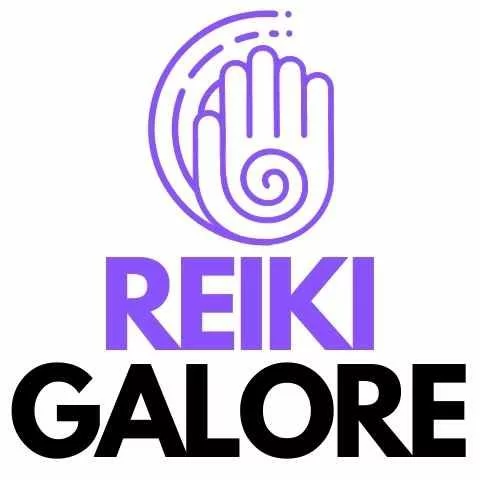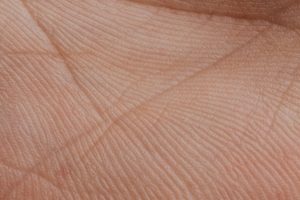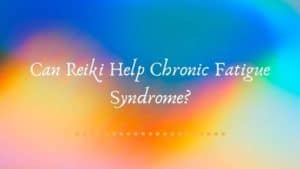Reiki self-healing practices are a powerful method of unlocking and harnessing your energy for better physical, mental, and emotional well-being. In this comprehensive guide, we will explore the world of Reiki and provide you with everything you need to know to start your own self-healing journey. From the basics of Reiki to the different healing techniques and the advantages it offers, this guide will empower you to take control of your health and find balance through the power of Reiki.
Key Takeaways:
- Reiki self-healing practices can unlock and harness your energy for improved well-being.
- Reiki is a holistic healing practice that promotes relaxation, balance, and overall well-being.
- Reiki can reduce stress, relieve pain, improve sleep, boost the immune system, and enhance personal growth and spirituality.
- Understanding the basics of Reiki, including its principles and techniques, is essential for self-healing.
- By connecting with Reiki energy through meditation and self-healing sessions, you can release blockages and restore balance.

What is Reiki?
Reiki is a holistic healing practice that originated in Japan and has been used for centuries to promote relaxation, balance, and overall well-being. It involves the channeling of universal life force energy through the practitioner’s hands to the recipient. The energy is believed to promote healing on physical, mental, and emotional levels. Reiki self-healing practices can help reduce stress, relieve pain, improve sleep, boost the immune system, and enhance personal growth and spirituality.
By tapping into the healing power of Reiki energy, you can experience a myriad of benefits. The gentle yet powerful nature of Reiki helps to calm the mind, release tension, and restore balance to the body. This natural healing modality works by clearing energetic blockages, allowing the body’s energy to flow freely, promoting self-healing and well-being.
Reiki is not limited to physical healing alone; it also encompasses mental and emotional healing. It can help release negative emotions, reduce anxiety and depression, and promote feelings of peace and calmness. Through regular Reiki self-healing practices, you can cultivate a deeper connection with yourself and tap into your innate healing abilities.
The Benefits of Reiki:
- Promotes relaxation and stress relief
- Relieves pain and discomfort
- Improves sleep patterns and quality
- Boosts the immune system
- Enhances personal growth and spirituality
“Reiki is a natural and non-invasive healing practice that can bring balance and harmony to your life. It is a gentle yet powerful way to access your body’s innate healing abilities and promote overall well-being.” – Reiki practitioner
| Physical Benefits | Mental Benefits | Emotional Benefits |
|---|---|---|
|
|
|
The Basics of Reiki
Embarking on your Reiki self-healing journey starts with understanding the fundamental principles and techniques of this ancient practice. By familiarizing yourself with the basics, you’ll be able to harness the power of Reiki for your own well-being. Let’s explore the key elements of Reiki that will guide you on your path to self-healing.
The History and Principles of Reiki
Reiki traces its roots back to Japan and was developed by Mikao Usui in the early 20th century. The practice centers around the belief in an unseen life force energy that flows through all living beings. Practitioners of Reiki tap into this energy and channel it to support healing and balance. At the core of Reiki are five principles that serve as a guide for living a harmonious life:
- Just for today, I will not be angry.
- Just for today, I will not worry.
- Just for today, I will be grateful.
- Just for today, I will do my work honestly.
- Just for today, I will be kind to every living thing.
The Chakra System and Reiki
In Reiki, the chakra system plays a significant role in understanding and balancing our energy centers. Chakras are the wheels of energy located throughout our body, with each one corresponding to different physical, emotional, and spiritual aspects of our being. By utilizing Reiki techniques, we can harmonize and heal these energy centers, promoting overall well-being.
A Reiki practitioner may work with the seven main chakras, which include the Root, Sacral, Solar Plexus, Heart, Throat, Third Eye, and Crown chakras. Through Reiki, you can learn how to identify and address blockages or imbalances in these chakras, allowing the energy to flow freely and restoring balance to your mind, body, and spirit.
Hand Postures and Performing a Reiki Self-Healing Session
Hand postures, also known as hand placements or positions, are an integral part of Reiki self-healing techniques. These postures involve placing your hands on or near specific areas of your body to direct the flow of energy. By using various hand positions, you can target different parts of your body and facilitate healing and relaxation.
When performing a Reiki self-healing session, it’s essential to create a calm and sacred space where you can focus your energy. Begin by placing your hands on your body in a comfortable position, allowing the energy to flow naturally. Move your hands to different areas, paying attention to any sensations or intuitive guidance you may experience during the session.
| Hand Placement | Area of Focus |
|---|---|
| Hands on the head | Addresses mental and emotional well-being |
| Hands on the heart | Supports emotional healing and self-love |
| Hands on the stomach | Aids in digestion and balances the Solar Plexus chakra |
| Hands on the lower back | Helps ground and stabilize energy |
Remember, Reiki is a personal practice, and your intuition will guide you in discovering the hand postures most beneficial for you. Trust yourself and embrace the healing power of Reiki as you embark on a journey of self-discovery and well-being.
Connecting with Reiki Energy
Reiki self-healing practices involve connecting with the universal life force energy to promote healing and overall well-being. To enhance your connection and receptivity to this energy, incorporating Reiki meditations into your self-healing routine can be highly beneficial. These meditations help you align with the healing energy and create a sense of inner calm and balance.
During Reiki meditations, you can visualize the flow of healing energy throughout your body, focusing on areas that need healing or balancing. By directing your attention to specific areas, you can release any blockages or imbalances that may be present. Visualize the energy enveloping you, nourishing your body, mind, and spirit.
In addition to Reiki meditations, you can also conduct self-healing sessions where you direct the energy to specific areas of your body. This can be done through hand placements or by visualizing the energy flowing from your hands to the areas in need. Use your intuition to guide you and trust in the healing power of Reiki.
Reiki Meditation Steps:
- Find a quiet and comfortable space where you can relax without distractions.
- Sit or lie down in a comfortable position and close your eyes.
- Take a few deep breaths, inhaling slowly and exhaling fully, allowing yourself to relax and let go of any tension.
- Visualize a warm, healing light surrounding you, enveloping your entire body.
- Focus on your breath and imagine the healing energy flowing in with each inhalation and releasing any tension or negativity with each exhalation.
- Direct the energy to specific areas of your body that need healing or balancing by visualizing the energy flowing from your hands or by placing your hands on those areas.
- Stay in this state of relaxation and connection for as long as you feel comfortable, allowing the healing energy to flow through you.
- When you are ready, gently bring your awareness back to the present moment, wiggling your fingers and toes and slowly opening your eyes.
Remember, connecting with Reiki energy is a personal and intuitive experience. Trust yourself and the energy that flows through you. Practice these meditations regularly to deepen your connection and enhance the healing benefits of Reiki self-healing practices.
Table: Reiki Hand Positions for self-healing sessions
| Hand Position | Location |
|---|---|
| Hands on the head | Around the crown of the head |
| Hands on the forehead | On the forehead, covering the eyes |
| Hands on the sides of the head | On the temples or around the ears |
| Hands on the back of the head | At the base of the skull |
| Hands on the throat | On the throat or the front of the neck |
| Hands on the heart | Over the heart center |
| Hands on the abdomen | On the stomach or the lower abdomen |
| Hands on the lower back | On the lower back or the sacral area |
| Hands on the hips | On the hip joints or the sides of the pelvis |
| Hands on the knees | On the knees or the lower legs |
| Hands on the feet | On the tops or soles of the feet |
Amplifying Your Reiki Practice
As you continue to delve deeper into your Reiki self-healing journey, there are several ways you can amplify and enhance your practice. By incorporating additional techniques and tools, you can further harness the power of Reiki energy healing and experience even greater benefits.
Using Reiki Symbols
Reiki symbols are sacred symbols that hold specific meanings and functions. They can be used to focus and direct the Reiki energy for specific purposes, such as emotional healing, spiritual growth, or physical pain relief. By incorporating these symbols into your self-healing sessions, you can amplify the healing effects and target specific areas or intentions. Experiment with different symbols and explore their unique qualities to find what resonates best with you.
Crystals in Reiki
Crystals have been used for centuries for their energetic properties and healing benefits. When combined with Reiki, crystals can enhance the healing process and support the flow of energy. Each crystal carries its own vibrations and can be selected based on their specific properties that align with your healing goals. For example, amethyst is known for promoting relaxation and spiritual growth, while rose quartz can assist with emotional healing and self-love. By incorporating crystals into your Reiki practice, you can create a synergistic effect and amplify the overall healing experience.
| Crystal | Properties |
|---|---|
| Amethyst | Relaxation, spiritual growth |
| Rose Quartz | Emotional healing, self-love |
| Citrine | Abundance, manifestation |
Self-Care with Reiki
Reiki is not only a practice for healing others but also a powerful tool for self-care. Incorporating Reiki into your daily life can help you maintain balance, manage stress, and cultivate overall well-being. Consider incorporating Reiki into activities such as meditation, journaling, or even simply taking a few moments to connect with the universal life force energy throughout your day. By prioritizing self-care with Reiki, you can empower yourself to nurture and support your own well-being on a deeper level.
Exploring the Depths of Reiki
As you continue on your Reiki self-healing journey, you have the opportunity to explore the depths of this powerful practice and unlock new levels of healing and personal growth. For beginners, understanding the foundational techniques is crucial, but now it’s time to delve deeper into advanced Reiki healing techniques.
Connecting with Kundalini Energy
Kundalini is a powerful form of energy that lies dormant at the base of the spine. By activating and harnessing this energy through Reiki, you can experience profound transformation and heightened spiritual awareness. Kundalini Reiki involves specific techniques and hand positions to awaken and direct the flow of Kundalini energy, allowing it to move freely through your body, balancing and healing your energy centers.
Unlocking the Meridians
The meridians are energy pathways that flow throughout your body, influencing the overall well-being of your physical, mental, and emotional states. Utilizing Reiki to unlock and balance these meridians can help release blockages and restore the harmonious flow of energy. By focusing on specific meridian points during your self-healing sessions, you can target specific areas of your body and promote holistic healing.
| Advanced Reiki Healing Techniques | Description |
|---|---|
| Kundalini Reiki | Awakens and directs the flow of Kundalini energy for spiritual growth and transformation. |
| Meridian Reiki | Targets the body’s energy channels (meridians) to release blockages and restore balance. |
| Aura Cleansing | Clears and purifies the energetic field surrounding the body, releasing negativity and promoting overall well-being. |
Clearing the Aura
The aura is an energetic field that surrounds your physical body and reflects your state of being. Cleansing your aura with Reiki can help release negative energy and promote overall well-being. By using specific hand positions and visualization techniques, you can clear and purify your aura, creating a harmonious and positive energetic environment.
As you continue to explore these advanced Reiki healing techniques, remember the importance of self-care and personal growth. Embrace the transformative power of Reiki and allow yourself to expand your healing abilities and deepen your connection to the universal life force energy.
Debunking Reiki Myths
Reiki self-healing practices have gained popularity in recent years, but like any practice, they have also been subject to various myths and misconceptions. Let’s take a closer look at some of these myths and separate fact from fiction.
Myth 1: Reiki is a religious practice
Fact: While Reiki may have spiritual aspects, it is not tied to any specific religion. Reiki is a holistic healing practice that focuses on universal life force energy and can be practiced by individuals of any religious or non-religious background. It does not require you to believe in a particular deity or follow any religious rituals.
Myth 2: Only trained professionals can practice Reiki
Fact: While it is important to receive proper training and attunement to become a certified Reiki practitioner, anyone can learn and practice basic Reiki self-healing techniques. There are numerous resources available, including books, online courses, and workshops, that can guide you in incorporating Reiki into your own self-care routine.
Myth 3: Reiki is a miracle cure
Fact: Reiki self-healing practices can provide numerous benefits and support your overall well-being, but it is not a miracle cure for all ailments. It is important to remember that Reiki is a complementary practice and should not replace professional medical advice or treatment. It works alongside conventional medicine to promote balance and relaxation.
By debunking these myths, we can better understand the true essence of Reiki self-healing practices. Whether you are looking to enhance your personal growth, find relaxation, or improve your overall well-being, Reiki can be a valuable tool in your self-care routine. Embrace the power of Reiki and explore the benefits it can offer on your journey to self-discovery and healing.
Incorporating Reiki into Your Wellness Routine
Reiki self-healing practices offer a wide range of benefits for your overall well-being. By incorporating Reiki into your wellness routine, you can enhance your self-care practices and promote a sense of balance and harmony in your life. Whether you are new to Reiki or have been practicing for a while, there are various ways to integrate this powerful energy healing modality into your daily routine.
Reiki Meditations
One of the simplest and most effective ways to incorporate Reiki into your wellness routine is through regular Reiki meditations. Set aside a dedicated time each day to sit quietly and focus on channeling the healing energy of Reiki. You can use hand positions or symbols to enhance the meditation and direct the energy to specific areas of your body or chakras. This practice can help you relax, reduce stress, and promote a sense of inner peace.
Self-Care with Reiki
Reiki is a powerful tool for self-care. You can use Reiki energy to perform self-healing sessions, where you focus on specific areas of your body that need healing or balance. By incorporating self-Reiki into your routine, you can address any physical, mental, or emotional imbalances and promote overall well-being. Additionally, you can use Reiki symbols or crystals during your self-care practices to amplify the healing energy and enhance the benefits.
Reiki for Relaxation
Another way to incorporate Reiki into your wellness routine is by using it as a tool for relaxation. Reiki can help you release tension, reduce anxiety, and promote a deep sense of relaxation. You can practice a short Reiki session before bed to help you unwind and prepare for a good night’s sleep. Alternatively, you can use Reiki for relaxation during stressful moments throughout the day, allowing the healing energy to bring you back to a state of calmness and tranquility.
| Benefits of Incorporating Reiki into Your Wellness Routine |
|---|
| Reduced stress and anxiety |
| Improved sleep quality |
| Enhanced self-care practices |
| Increased sense of relaxation and calmness |
| Promotion of overall well-being |
As you explore the world of Reiki self-healing practices, remember to listen to your intuition and allow yourself to be guided by the healing energy. Incorporating Reiki into your wellness routine can bring about transformative changes in your life, helping you unlock your energy and achieve a greater sense of balance and well-being.
Conclusion
Congratulations on completing this comprehensive guide to Reiki self-healing practices! By incorporating the techniques and principles of Reiki into your life, you have taken a powerful step towards unlocking your energy and achieving balance and well-being.
Reiki self-healing practices offer a wide range of benefits for your physical, mental, and emotional health. They can help reduce stress, relieve pain, improve sleep, and boost your immune system. By harnessing the universal life force energy through Reiki, you can promote healing on all levels.
Remember to approach your self-healing journey with patience and compassion. As you continue to practice Reiki, you will grow and evolve, nurturing yourself on every level – physical, mental, emotional, and spiritual. Embrace the power of Reiki and allow it to guide you towards a life of wellness and personal growth.




